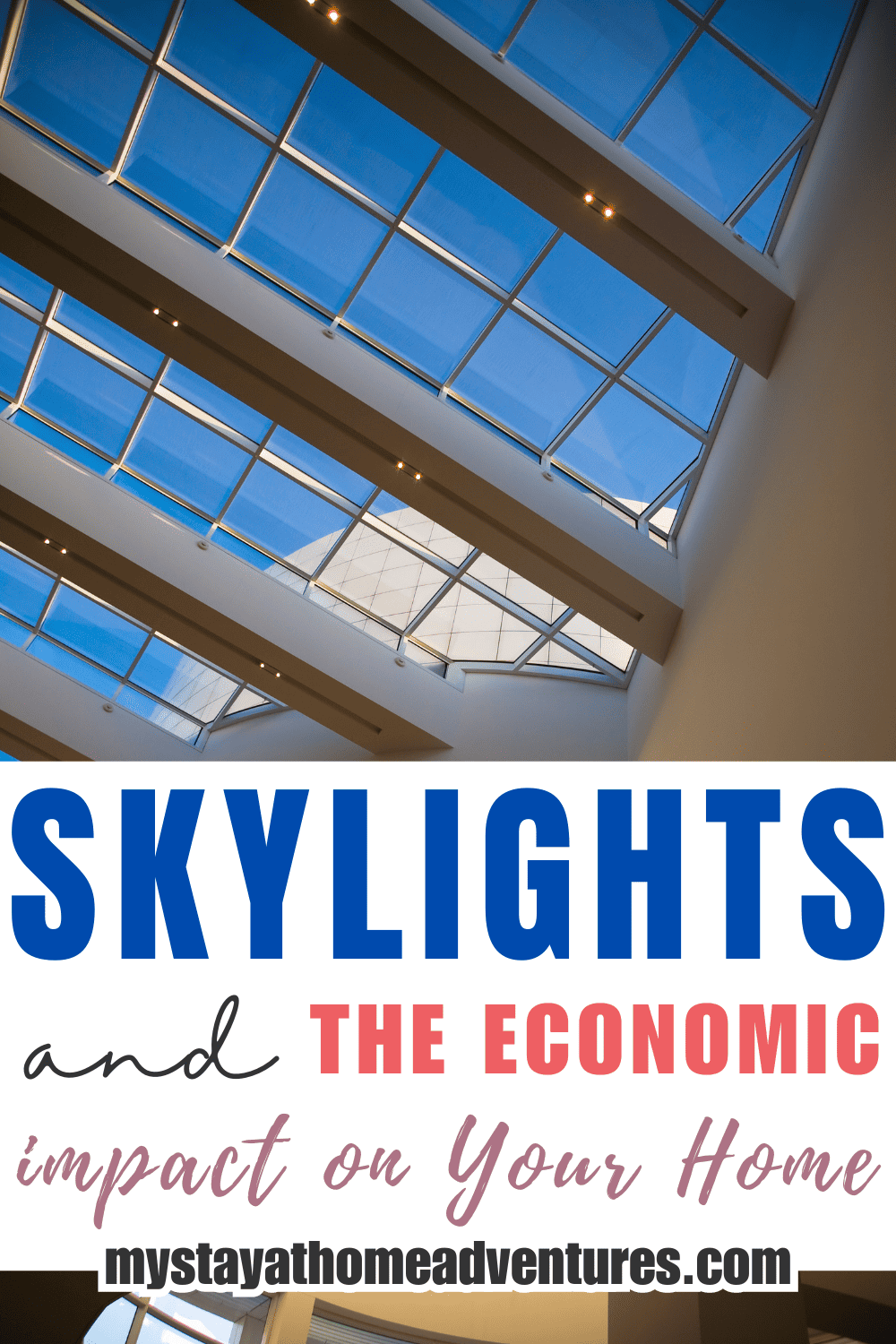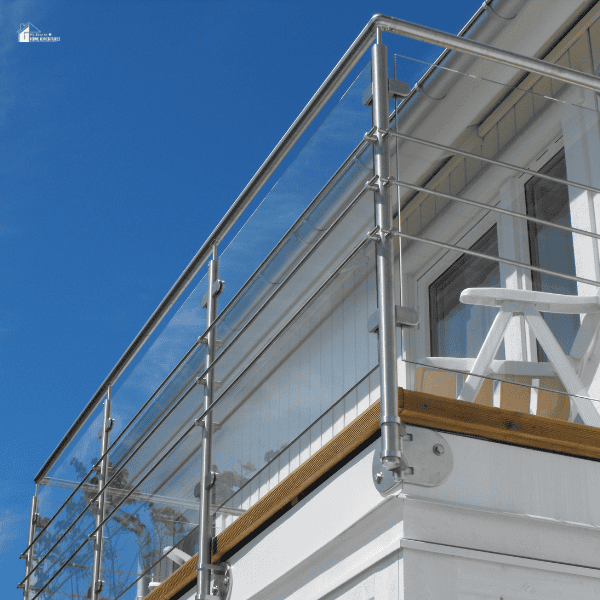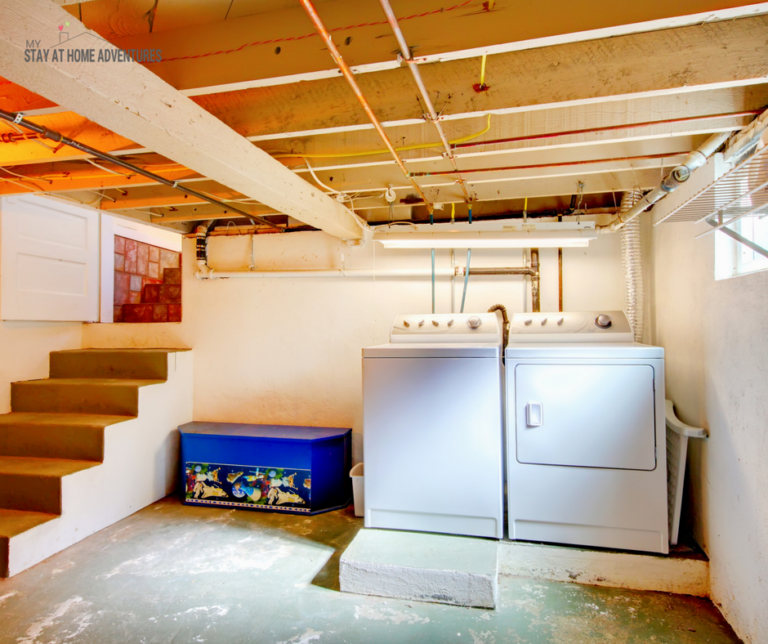Skylights and the Economic Impact on Your Home
This post may contain affiliate links which might earn us money. Please read my Disclosure and Privacy policies hereSkylights have long been admired for their ability to flood interiors with natural light, creating a more welcoming and visually appealing environment. Beyond their aesthetic contributions, skylights notably discuss property value and energy efficiency.
This section explores how incorporating skylights into your home can have a significant economic impact, potentially enhancing its market value and environmental sustainability. By exploring cost-benefit analysis, potential energy savings, and the implications for home valuation, we aim to comprehensively understand skylights from an economic perspective.
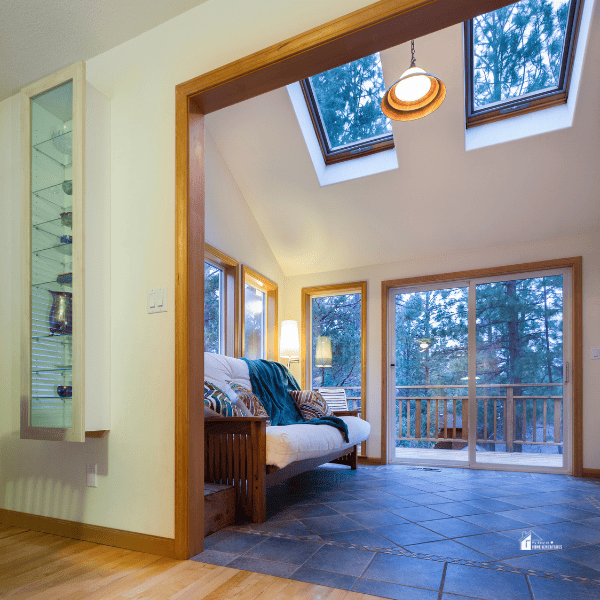
Cost-Benefit Analysis
When considering the economic impact of skylights, a cost-benefit analysis is essential. This involves evaluating the initial costs of installing skylights against potential long-term savings and benefits.
The cost of installing skylights can vary depending on size, type, and installation method. However, studies have shown that the average cost in the US ranges from $1,500 to $3,000. While this may seem like a significant investment, the potential long-term benefits can outweigh the initial costs.
Potential Energy Savings
One of the main reasons for installing skylights is to reduce reliance on artificial lighting and potentially save on electricity bills. By allowing natural light to enter your home, skylights can significantly reduce the need for electric lighting during the day. Depending on the number and placement of skylights, this can lead to energy savings of up to 10% on your electricity bills.
Moreover, skylights can also help regulate temperature in your home. During winter, they allow additional sunlight to warm up your home, reducing the need for heating. In contrast, during summer, skylights can be equipped with shades or blinds to prevent excess heat from entering your home and lower cooling costs.
Implications for Home Valuation
Installing skylights can also positively impact your home's market value. Studies have shown that homes with skylights tend to have higher resale values than those without. This is due to the added natural light and improved energy efficiency that skylights provide, making your home more attractive to potential buyers.
Moreover, homes with sustainable features such as skylights are highly sought after in today's eco-conscious society. By incorporating skylights into your home, you increase its value and make it more desirable to buyers, potentially leading to a quicker sale and higher selling price.
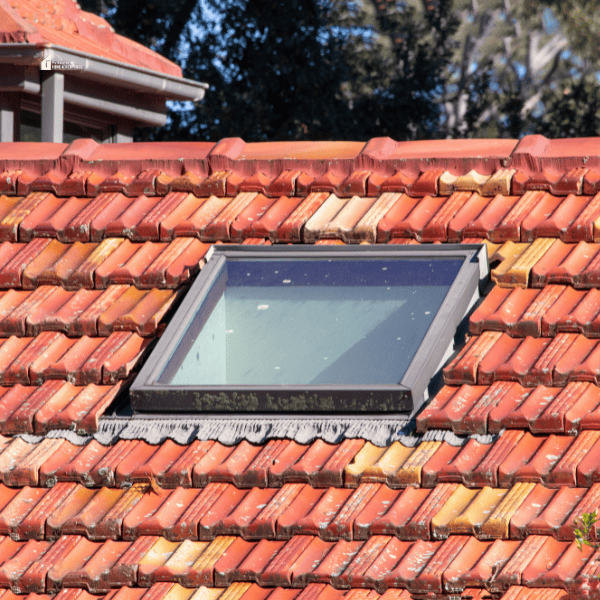
Additional Factors to Consider
- Maintenance and Durability: Skylights require regular maintenance to ensure they remain in optimal condition. This includes cleaning the glass to maintain transparency and inspecting the seals to prevent leaks. The durability of skylights largely depends on the quality of the materials used and the precision of the installation. High-quality skylights can last for many years, minimizing replacement costs.
- Architectural Integration: Skylights' effectiveness and aesthetic appeal depend on their integration into your home's architecture. Proper placement is crucial for maximizing natural light while minimizing thermal gain or loss. Working with a professional who understands how to blend skylights seamlessly with your home's design is essential.
- Climate Consideration: Your region's climate should play a significant role in your decision to install skylights. Skylights may increase cooling costs in areas with high temperatures and strong sunlight unless equipped with energy-efficient glazing or shades. Conversely, in cooler climates, they can provide beneficial passive heating.
- Tax Incentives and Rebates: Some jurisdictions offer tax incentives or rebates for installing energy-efficient skylights. These incentives can significantly offset the installation costs and should be considered when calculating the overall economic impact. Researching local programs and eligibility requirements is advisable to maximize potential savings.
- Personal Preferences and Lifestyle: The impact of skylights on daily life and the overall ambiance of your home should not be underestimated. They can transform living spaces by enhancing the mood and general well-being of the occupants. Considering whether the aesthetic and psychological benefits align with your personal preferences and lifestyle is essential.
Pros and Cons of Professional Installation
While some homeowners may consider installing skylights themselves, it is generally recommended to hire a professional. Professional installation ensures proper placement and sealing, minimizing the risk of leaks and other issues.
Moreover, professionally installed skylights often come with warranties, protecting against unexpected maintenance costs. However, it's essential to research and choose a reputable and experienced contractor to avoid potential issues.
On the other hand, hiring a professional roofing company can also add to the overall cost. It's essential to weigh the potential benefits against the additional expenditure and decide what works best for your budget and needs.
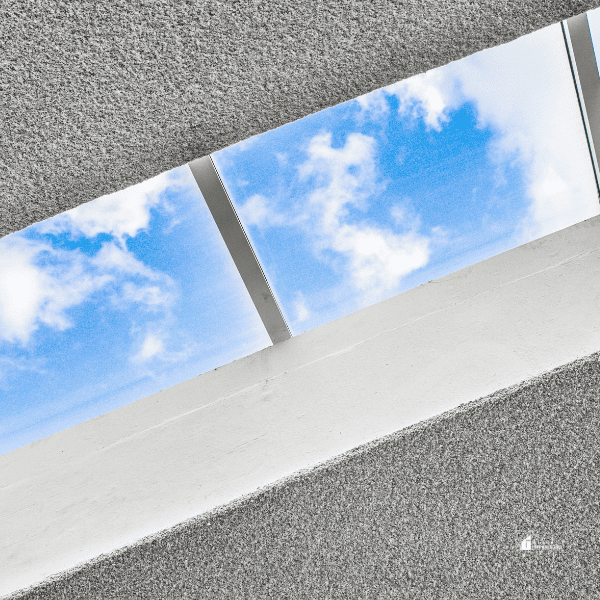
Frequently Asked Questions
If you’re like most people, you probably have many questions related to skylights and how they can improve the energy-efficiency of your home. Here are some commonly asked questions related to the economic impact of skylights:
- Do skylights require regular maintenance?
Yes, skylights should be routinely inspected and cleaned to ensure optimal performance. This includes checking for leaks and cleaning the glass.
- Do skylights increase home value?
Studies have shown that homes with skylights tend to have higher resale values, making them valuable for home valuation.
- Can skylights save on energy costs?
Yes, skylights can reduce the need for artificial lighting and regulate temperature in your home, potentially leading to energy savings and lower utility bills.
- Are there tax incentives or rebates for installing skylights?
Some jurisdictions offer tax incentives or rebates for energy-efficient home upgrades, including skylights. It's advisable to research local programs and eligibility requirements.
- Should I hire a professional or install skylights myself?
While it may be tempting to save on labor costs, hiring a professional can ensure proper placement and sealing, minimizing the risk of leaks and other issues. However, it's essential to choose a reputable and experienced contractor.
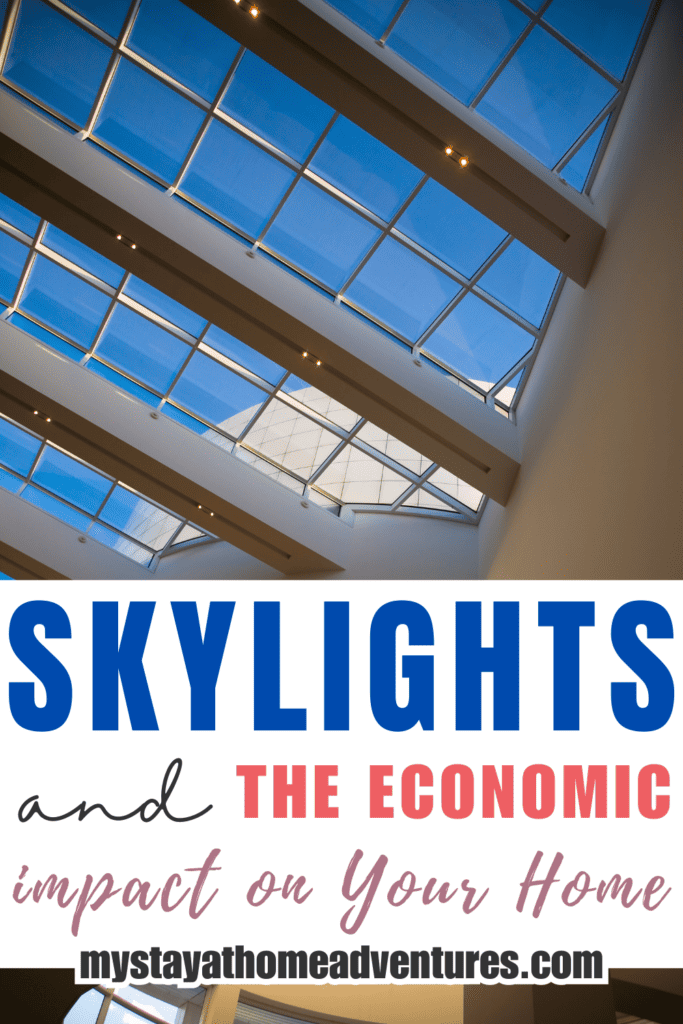
Conclusion
Overall, skylights have a significant economic impact. They can lead to energy savings, increase home value, and enhance occupants' overall ambiance and well-being. However, before installing skylights, it's essential to consider maintenance, architectural integration, climate, tax incentives, and personal preferences.
Hiring a professional for installation is generally recommended to ensure optimal performance and minimize potential issues. Whether you're looking to make your home more energy-efficient, increase its value, or improve daily living, skylights can be an excellent investment with long-term benefits.

